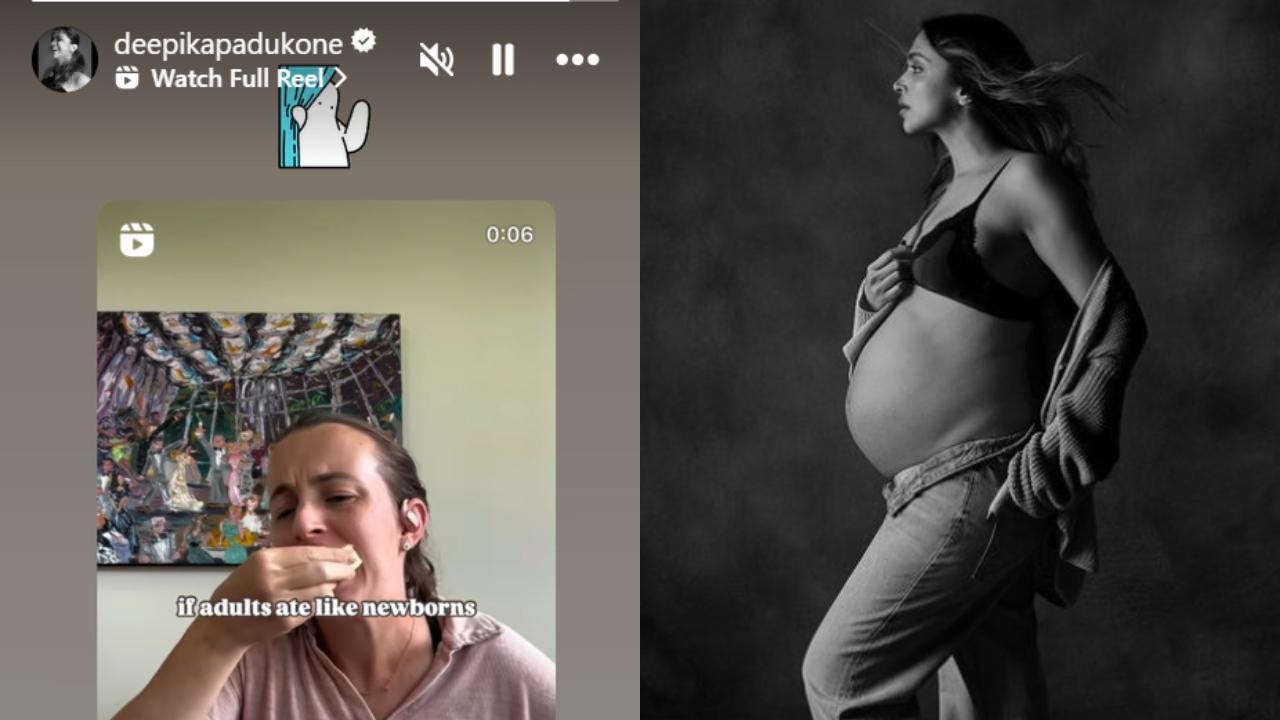has a singular eye for capturing the complexities of the artistic spirit. Who better than the Oscar-winning documentarian to take on the Mount Everest of Hollywood geniuses: . The result, Apple’s , is an insightful film split down the middle in stylistically distinct chapters.
Part one traces Martin’s path to “wild and crazy” comedy superstardom; part two covers his decision to step away from touring and into movies, playwriting, art and quiet self-exploration. Neville, Emmy-nominated for directing for a documentary/nonfiction program, spoke to about the daunting task of capturing someone as complex and worshiped as Martin in a little over three hours. It was silly, but it was smart.

I didn’t get every joke. My dad loved Steve, too. I got him to drive me to see Steve in Las Vegas doing stand-up when I was 12.
It was one of his last stand-up shows, at the Riviera in the summer of ’80. When this doc came up, I was like, “There’s no more perfect topic for me than Steve.” The person I meet when I start the film is just Steve.
It’s not “Steve Martin,” the superstar. From the beginning, Steve was like, “OK, if I’m going to do this, I’m really going to do it.” We started by having these conversations where I went to his house and recorded us talking for hours.
You’re also building a relationship and I’m understanding how he sees his own story and everything else. But the fan part of it doesn’t totally go away because occasionally you’re like, “Tell me about the first time you were on ” I could have interviewed any younger comedian and they would have said yes. You name it — any person, Kimmel, Conan, Fallon, Mulaney, they all would have talked.
Judd Apatow and Patton Oswalt are obsessed with Steve. But I don’t love that kind of doc, where somebody is telling me why somebody’s great. If I have that person, I can see why they’re great.
I was trying to get more inside with him. Oh, 100 percent. Being a documentarian is often a para-therapeutic relationship, where you’re asking people about the most important things in their lives and trying to make sense of them.
And Steve has done a bunch of actual therapy. There was this period in the ’90s that we talked about in the film where he really goes into therapy and starts reading self-help books and makes the decision to really try and redefine his relationship with his parents. He takes off time from making movies and starts writing plays as art therapy — a means of working through a lot of his issues.
He said he wasn’t going to watch it. When I didn’t send a link, he said, “Hey, I never got the link!” So I sent it to him. He wrote me that afternoon and said, “I loved it.
” And then he wrote back 10 minutes later and said, “Can I show it to my shrink?” Which to me is a great compliment. THR Newsletters Sign up for THR news straight to your inbox every day More from The Hollywood Reporter.



















